Teaching the Harlem Renaissance (and Black History) with Intention
Are you teaching the Harlem Renaissance? It can be tempting to gloss over the struggle and conflict and just stick with the jazz. This would be doing your students a huge disservice, however. This week on the Secondary English Coffee Shop Blog, I wrote about keeping your unit sensitive and intentional.
Here are my biggest tips. When teaching Black History, teachers should:
1. Acknowledge the hard road to the Harlem Renaissance
As English teachers, it’s easy to focus on the teaching the Harlem Renaissance as just a series of awesome products [poems, art, literature]. Leave it to the Social Studies teachers to talk about the justice issues leading up to the art, right? Wrong. When teaching the Harlem Renaissance, it’s important to recognize that this outburst of expression was the waters breaking through the dam of oppression. This artistic era was a weapon against centuries of silencing and abuse.
2. Acknowledge the barriers that still exist.
I want to students to recognize that Black artists still face many of the same problems as those in the Harlem Renaissance. We still see instances of industry racism and cultural appropriation. I tie in pop culture and non-fiction as we discuss connections to today’s music and art scene. One instance I’ll bring up is Katy Perry’s own bouts of appropriation, as discussed in this Huffington Post article.
3. Discuss in-fighting and disagreements between movement leaders.
As teachers, we face a constant shortage of time. As a consequence, we can paint eras with a broad brush. This would be a huge mistake when teaching the Harlem Renaissance, since so many artists and activists disagreed! Whereas some artists saw any publicity as good publicity (e.g, The Cotton Club), others did not. Langston Hughes gave a harsh critique of the environment he saw at The Cotton Club (remember, white patrons coming to watch Black artists), saying “strangers were given the best ringside tables to sit and stare at the Negro customers–like amusing animals in a zoo.” He thought it would be better for musicians not to perform at all than to perform there. I broach these disagreements in the Close Reading task in my Harlem Renaissance Escape Room.
4. Celebrate the art and progress (of course!).
Once you’ve provided your students with context and some lenses through which to view the era, teaching the Harlem Renaissance can definitely include a celebration. There was definitely glitz and glam and music and dance, and you should celebrate those things!
5. Extend and enhance your own thinking as a teacher.
And even as you extend your own unit, challenge yourself to learn more. What books and articles are you reading to help you integrate history in your English classroom? How are you growing as an advocate for all students and their stories?
Want to know more? Check out the original post for detailed explanations, examples, and freebies to lighten your load. You got this, friends. We can, and should, teach Black History year-round with sensitivity and intention. There’s no better time to start.

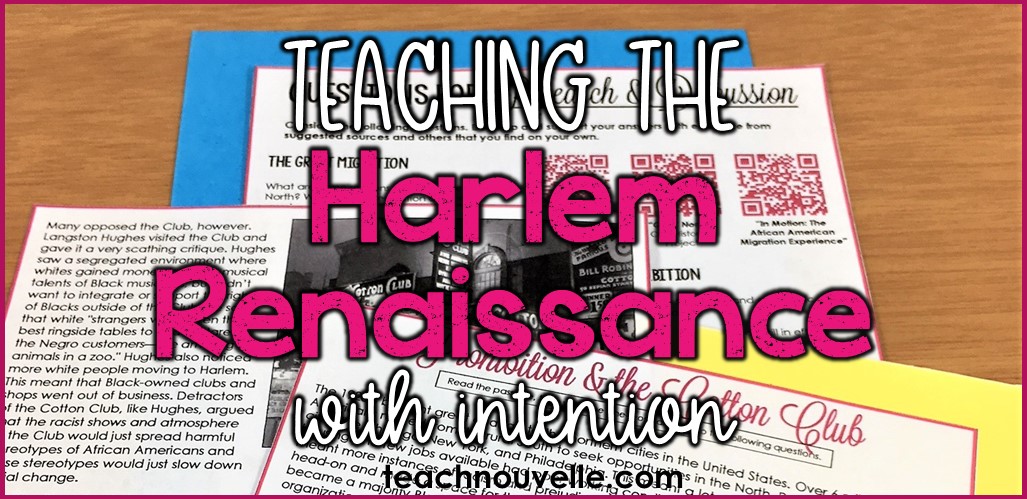
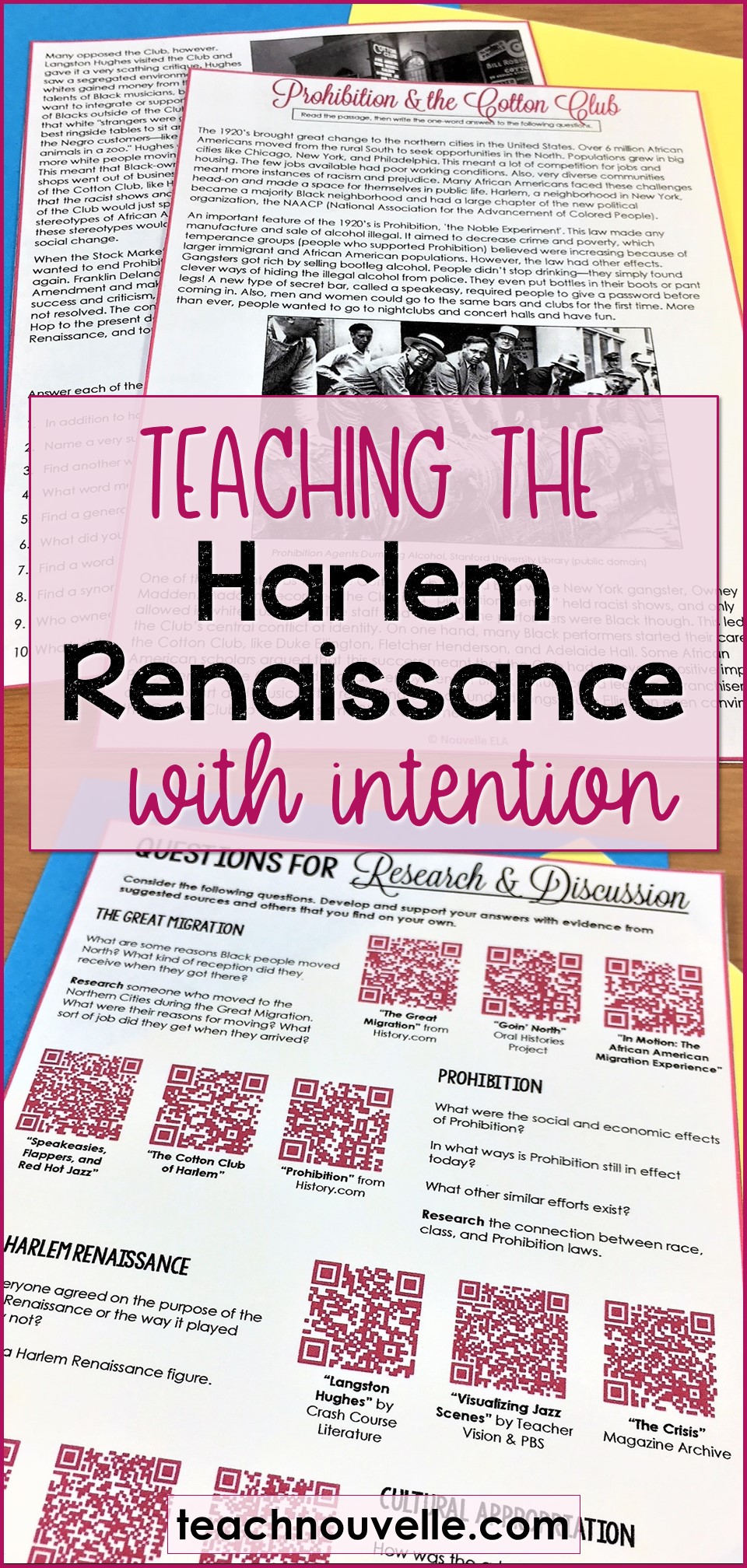
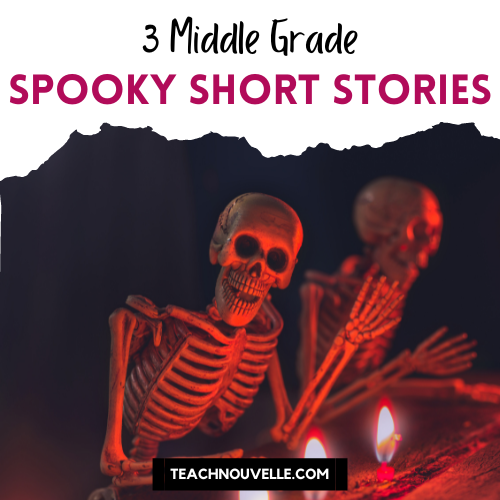
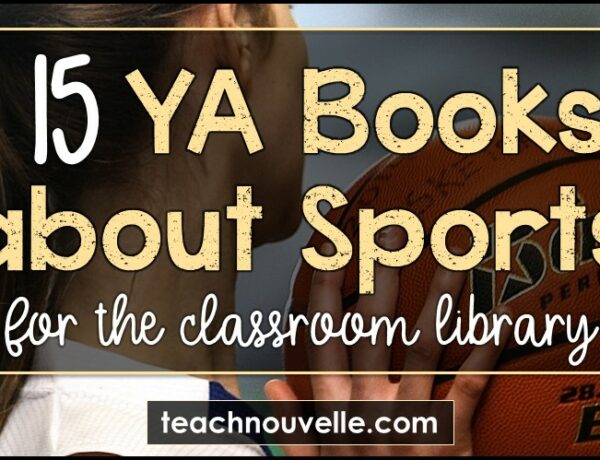
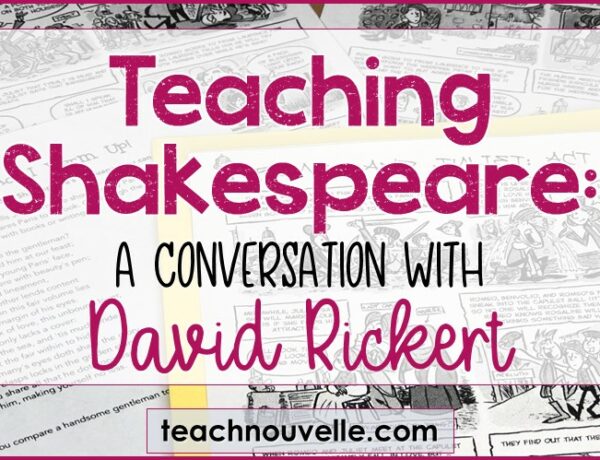
2 Comments
Jessica Leader
March 13, 2019 at 9:27 amThank you for the wealth of information! Very helpful.
Teaching the Great Gatsby: Building Background - Nouvelle ELA
April 23, 2019 at 6:01 am[…] written about “Teaching the Harlem Renaissance” before, so be sure to check that out. Two videos I love to share with students are: Langston Hughes […]